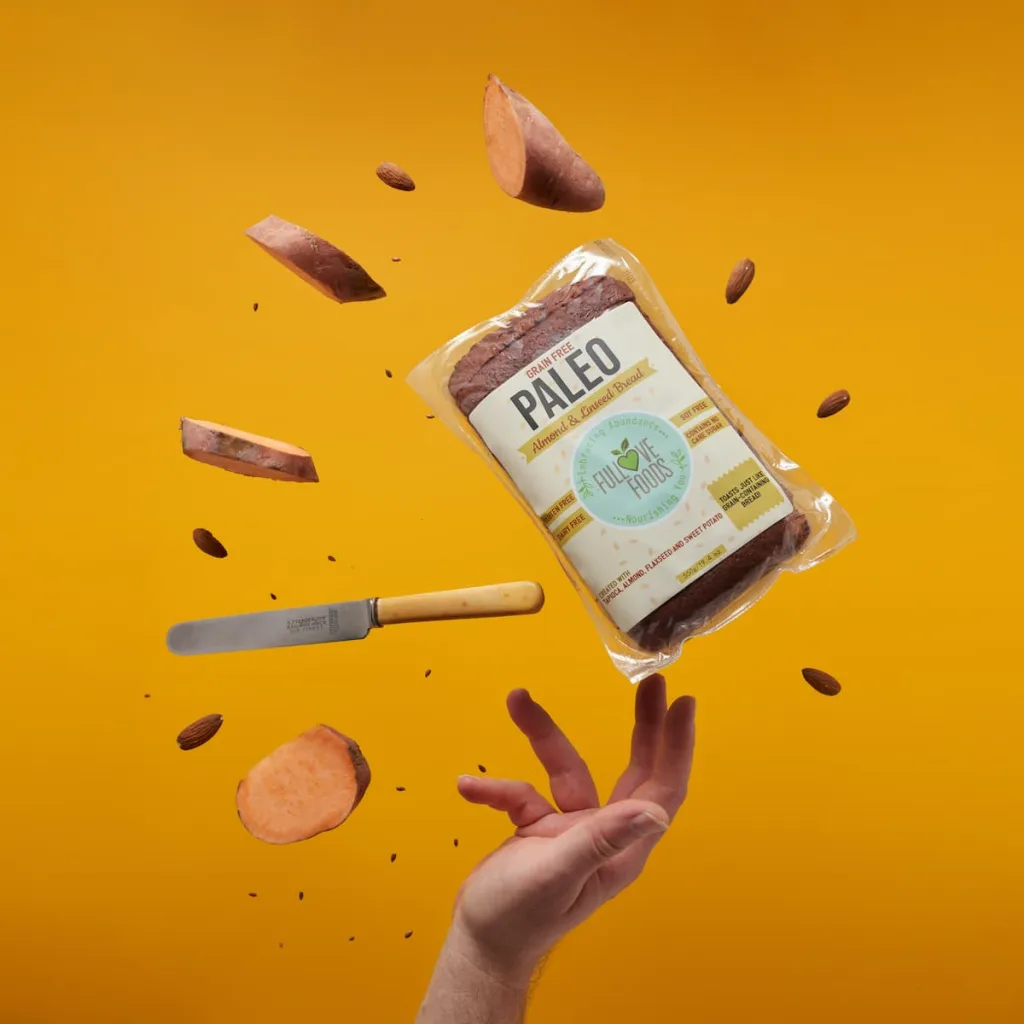
The paleo diet is a dietary approach that focuses on eating whole, unprocessed foods that are similar to those that were consumed by early humans during the Paleolithic era. Proponents of the paleo diet believe that this way of eating can promote overall health and well-being. A few potential benefits of the paleo diet include the following:
- Weight loss: Some people may find that they lose weight on the paleo diet, as it is high in protein, healthy fats, and fiber, and low in refined carbs and added sugars.
- Improved blood sugar control: The paleo diet is low in refined carbs and high in fiber, which may help improve blood sugar control and reduce the risk of type 2 diabetes.
- Increased intake of nutrients: The paleo diet emphasizes whole, nutrient-dense foods, which can provide a wide range of essential vitamins and minerals.
- Improved digestion: The paleo diet is high in fiber and excludes processed foods, which may help improve digestion and reduce the risk of digestive issues.
- Reduced inflammation: The paleo diet is low in pro-inflammatory foods, such as refined carbs and processed oils, and high in anti-inflammatory foods, such as fruits, vegetables, and healthy fats. This may help reduce inflammation in the body.
It's important to note that the paleo diet may not be suitable for everyone, and it's always a good idea to speak with a healthcare professional before making any significant changes to your diet.
Is Bread Paleo?
Bread is generally not considered part of the paleo diet because it is made from grains, which were not a significant part of the diet of early humans during the Paleolithic era. The paleo diet is based on the idea of eating whole, unprocessed foods that are similar to those that early humans consumed, and grains were not widely available or consumed during this time.
Additionally, many types of bread are made with refined grains, which are stripped of their outer layer (the bran) and their inner core (the germ). This process removes much of the fiber, vitamins, and minerals that are found in whole grains, making refined grains less nutritious.
That being said, some variations of the paleo diet may include small amounts of grains, such as oats and quinoa, which are considered more nutrient-dense than refined grains. However, these grains are typically consumed in smaller quantities than they would be on a traditional diet.
If you are following a paleo diet and wish to include bread in your meals, you may be able to find bread made with paleo-friendly ingredients, such as almond flour or coconut flour. However, it’s important to carefully read the ingredient list and choose a product that aligns with your dietary needs and goals.
Where to Buy Paleo Bread
There are several places where you can buy paleo bread including, specialty stores, online retailers, local bakeries, & farmers markets.
Specialty stores
Some health food stores, natural grocery stores, and specialty stores may carry paleo bread.
Online retailers
You can often find paleo bread for sale on websites like Amazon, Thrive Market (Click here to get 30% OFF your first order and a FREE gift when you join Thrive Market! *Conditions Apply), and other online retailers. (affiliate links)
Local bakeries
Some local bakeries may offer paleo bread options. You can search online or call local bakeries to see if they offer paleo bread.
Local farmers markets
Some local farmers markets may have vendors that sell paleo bread. You can check with your local farmers market to see if this is an option.
Make your own
If you’re feeling adventurous, you can try making paleo bread at home using a recipe and ingredients from a local grocery store or online retailer.
Keep in mind that paleo bread can be more expensive than traditional bread, so you may need to budget accordingly. It’s also a good idea to check the ingredients list and make sure that the bread you’re purchasing is made with whole, natural ingredients that align with the paleo diet.
